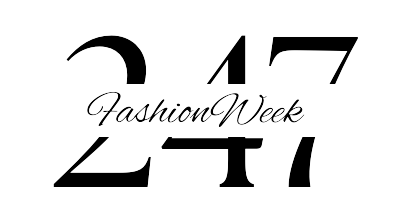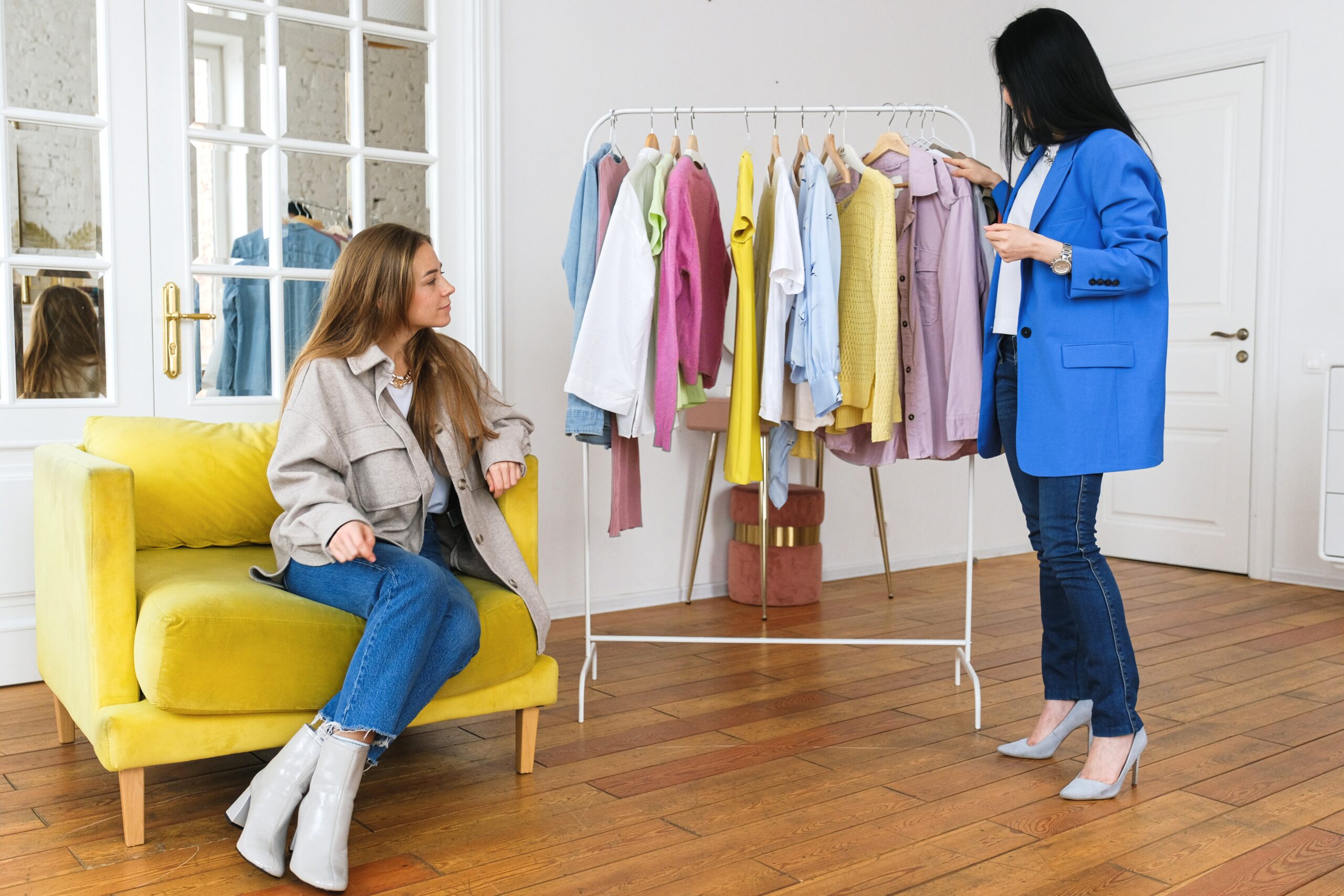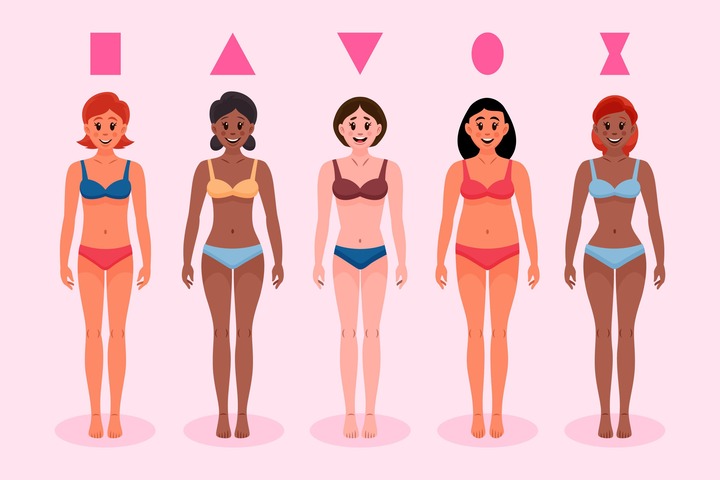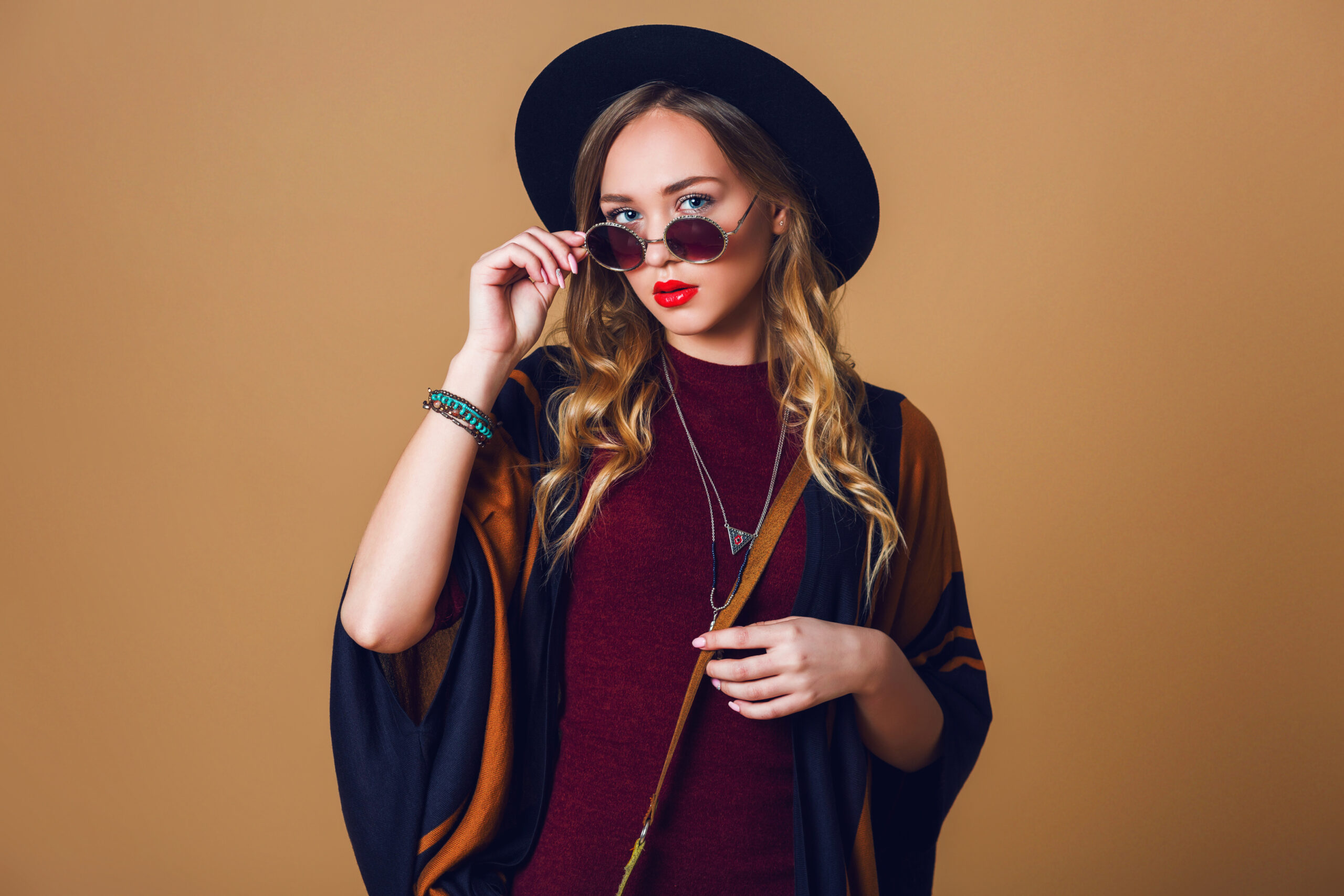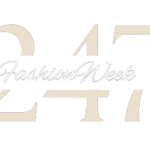Wearing clothes that are suitable for your body shape can enhance your overall appearance and boost your confidence.
How can I do clothing If my body shape is hourglass?
- Define your waist: Opt for clothing styles that cinch at the waist to highlight your hourglass shape. Consider wearing belts, wrap dresses, fitted tops, and high-waisted bottoms to accentuate your waistline.
- Choose fitted silhouettes: Look for clothing that follows the natural contours of your body without being overly tight. Tailored and fitted garments like pencil skirts, fit-and-flare dresses, and structured blazers can enhance your curves while maintaining a polished look.
- Embrace V-necklines: V-neck tops and dresses can be particularly flattering for hourglass figures, as they showcase your décolletage and create a vertical line that elongates your upper body.
- Opt for structured fabrics: Fabrics with some structure, like structured knits, tailored suits, and medium-weight fabrics, can help maintain the shape of your figure and provide a polished appearance.
- Avoid shapeless or boxy clothing: Loose, shapeless garments can hide your curves and make you appear less defined. Instead, choose clothing that accentuates your natural shape and avoids excessive volume.
How can I do clothing If my body shape is Apple?
- Highlight your assets: Focus on your legs, arms, and décolletage. Opt for clothing styles that draw attention to these areas, such as A-line skirts that showcase your legs or dresses with interesting necklines that accentuate your upper body.
- Choose empire and flowy silhouettes: Look for clothing styles that flow away from the midsection, like empire waist dresses or tops with a loose fit. This helps create a more balanced silhouette and avoids emphasizing the tummy area.
- Emphasize vertical lines: Vertical details, such as vertical stripes, long cardigans, or open-front jackets, can create the illusion of a longer and leaner body shape. They draw the eye up and down, elongating your figure.
- Opt for structured garments: Structured pieces like blazers, jackets, or dresses with defined shoulders can help create more proportion by adding structure to the upper body.
- Choose the right fabrics: Look for fabrics that drape well and skim over your midsection, rather than clinging to it. Flowy and lightweight fabrics can be flattering as they create movement and minimize emphasis on the belly area.
- Balance with accessories: Use accessories strategically to draw attention away from the midsection. Statement necklaces, scarves, or belts worn at the slimmest part of your waist can help create a focal point and add visual interest to your outfit.
How can I do clothing If my body shape is Pear?
- Highlight your upper body: Draw attention to your upper body to balance out your proportions. Choose tops with interesting necklines, statement sleeves, or embellishments that add volume to your shoulders and bust.
- Opt for A-line and flared bottoms: A-line skirts and dresses, as well as wide-leg pants and jeans, can help create balance by skimming over the hips and thighs. These styles gradually flare out from the waist, emphasizing the slimmer upper body and creating a more even silhouette.
- Dark colors for the lower body: Choose darker-colored bottoms, such as black, navy, or deep tones, as they can help create a slimming effect for the hip and thigh area.
- Experiment with patterns and colors on top: Use patterns, bright colors, or bold prints on your tops to draw attention upward. This can shift the focus away from the lower body and create a more balanced look.
- Opt for tailored and structured pieces: Tailored jackets, blazers, and structured tops can help create definition and add structure to your upper body, enhancing your proportions.
- Balance with accessories: Use accessories strategically to draw attention upward. Statement necklaces, scarves, or earrings can help shift the focus to your face and upper body.
- Choose the right undergarments: Invest in well-fitting undergarments that provide proper support and shape for your lower body, helping to create a smoother silhouette.
How can I do clothing If my body shape is Rectangle?
- Create definition with layers: Add layers to your outfit to create the illusion of curves and dimension. Try wearing cardigans, jackets, or vests to add shape and structure to your figure.
- Play with different silhouettes: Experiment with different silhouettes to create the appearance of curves. Choose clothing styles with ruffles, pleats, or gathering around the bust or hips to add volume and create visual interest.
- Belt it up: Use belts to cinch your waist and create the illusion of an hourglass figure. Opt for belts that sit at your natural waistline and choose styles that are wider or have interesting details to draw attention to your waist.
- Opt for asymmetrical hemlines: Clothing with asymmetrical hemlines, such as high-low skirts or dresses, can add visual interest and break up the straight lines of your body shape.
- Choose tops with details: Look for tops with embellishments, patterns, or textures that add interest and draw attention to specific areas. Ruffled sleeves, statement collars, or printed tops can create the illusion of curves and add dimension.
- Experiment with different pants and skirts: Play with different pant and skirt styles to create the appearance of curves. A-line skirts, flared pants, or wide-leg trousers can add volume and shape to your lower body.
- Add accessories strategically: Use accessories like statement necklaces or scarves to draw attention to your upper body and create focal points.
How can I do clothing If my body shape is Inverted Rectangle?
- Balance the upper body: Opt for clothing styles that visually balance your proportions by adding volume or width to the lower body. Choose tops with scoop necklines, V-necks, or boat necks to soften the shoulders and draw attention downwards.
- Create definition at the waist: Emphasize your waistline to create an hourglass-like shape. Choose clothing styles with belts, peplum details, or wrap dresses/tops to cinch in the waist and create a more balanced silhouette.
- Choose bottoms with volume: Opt for bottoms that add volume and create the illusion of curves. A-line skirts, wide-leg pants, and flared jeans can help balance out broader shoulders and add fullness to the lower body.
- Play with patterns and colors: Experiment with patterns and colors to draw attention to the lower body. Opt for bold prints, bright colors, or patterns on skirts, pants, or dresses while keeping the upper body in more neutral tones.
- Avoid shoulder-enhancing details: Steer clear of shoulder pads, puff sleeves, or any embellishments that accentuate the shoulder area, as they can make the upper body appear wider.
- Layer strategically: Use layering to create visual interest and balance. Wearing cardigans, jackets, or vests that fall below the shoulders can help create a more proportionate look.
- Choose delicate jewelry: Opt for delicate and understated jewelry that won’t overwhelm the upper body. Long necklaces or earrings can help draw attention downwards.
